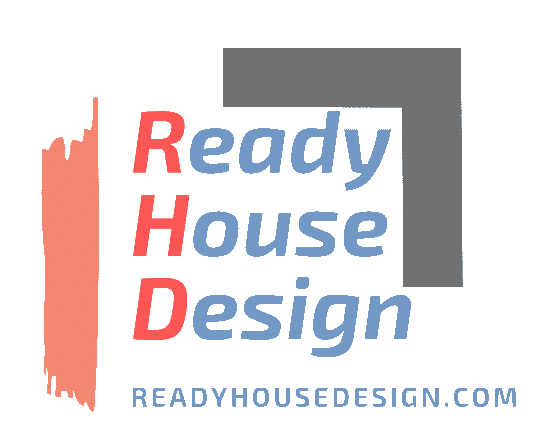Fixed Vs Floating Interest Rate
Fixed vs. Floating Interest Rate: Choosing the Right Option for Your Home Loan
What is a Home Loan?
A home loan is a financial product that enables individuals to purchase or refinance a residential property. Financial institutions lend a certain amount, and borrowers repay the loan over a specified period with interest.
Fixed vs. Floating Interest Rate
When opting for a home loan, borrowers encounter the choice between a fixed and a floating interest rate. Each type has its own set of characteristics, impacting the overall cost and repayment structure of the loan.
Types of Home Loan Interest Rate
1. Fixed Interest Rate:
- The interest rate remains constant throughout the loan tenure.
- Borrowers pay a fixed EMI (Equated Monthly Installment) each month.
- Offers predictability and stability in repayment.
2. Floating Interest Rate:
- The interest rate fluctuates based on market conditions.
- Borrowers may experience changes in EMIs as interest rates vary.
- Provides the potential for reduced interest costs during periods of market decline.
Fixed vs. Floating Interest Rate: A Comparison
1. Interest Rate Stability:
- Fixed Rate: Offers stability as the interest rate remains unchanged, providing predictability in monthly repayments.
- Floating Rate: Subject to market fluctuations, leading to potential variations in EMIs.
2. Cost Over the Loan Tenure:
- Fixed Rate: May be costlier if market interest rates decrease, as borrowers miss out on potential savings.
- Floating Rate: Offers flexibility, allowing borrowers to benefit from interest rate decreases.
3. Market Conditions:
- Fixed Rate: Ideal during a period of low-interest rates, offering protection against potential future increases.
- Floating Rate: Suited for borrowers expecting interest rates to remain stable or decrease.
4. Risk Tolerance:
- Fixed Rate: Appeals to risk-averse individuals seeking financial stability and unchanging repayment commitments.
- Floating Rate: Suitable for those comfortable with market fluctuations and willing to take advantage of potential interest rate reductions.
Fixed vs. Floating Interest Rate: Which is Better?
The choice between a fixed and floating interest rate depends on individual preferences, risk tolerance, and market expectations. Consider the following factors:
1. Market Trends:
- Evaluate the current interest rate scenario and predictions for future changes.
2. Financial Goals:
- Assess short-term and long-term financial objectives to align with the chosen interest rate type.
3. Budgetary Constraints:
- Consider the impact of potential EMI fluctuations on monthly budgets.
How does Repo Rate Affect Floating Interest Rate?
The repo rate set by the central bank influences floating interest rates. A lower repo rate may result in reduced interest costs for borrowers with floating-rate home loans.
Fixed vs. Floating Interest Rate: Verdict
1. Fixed Rate:
- Advantages: Stability, predictable repayments.
- Consider if: Seeking financial predictability, foreseeing interest rate increases.
2. Floating Rate:
- Advantages: Potential cost savings, flexibility.
- Consider if: Comfortable with market fluctuations, expecting interest rates to remain stable or decrease.
Summing Up: Fixed vs. Floating Interest Rate
Choosing between fixed and floating interest rates is a critical decision when obtaining a home loan. It involves evaluating personal financial preferences, risk tolerance, and market conditions. Borrowers should thoroughly understand the implications of each type to make an informed decision aligned with their financial goals.

